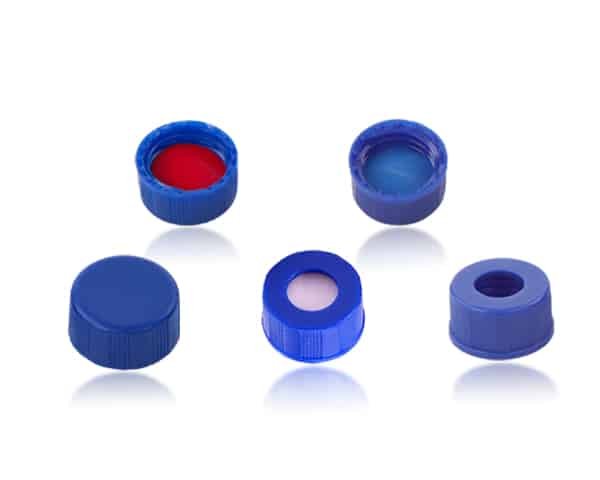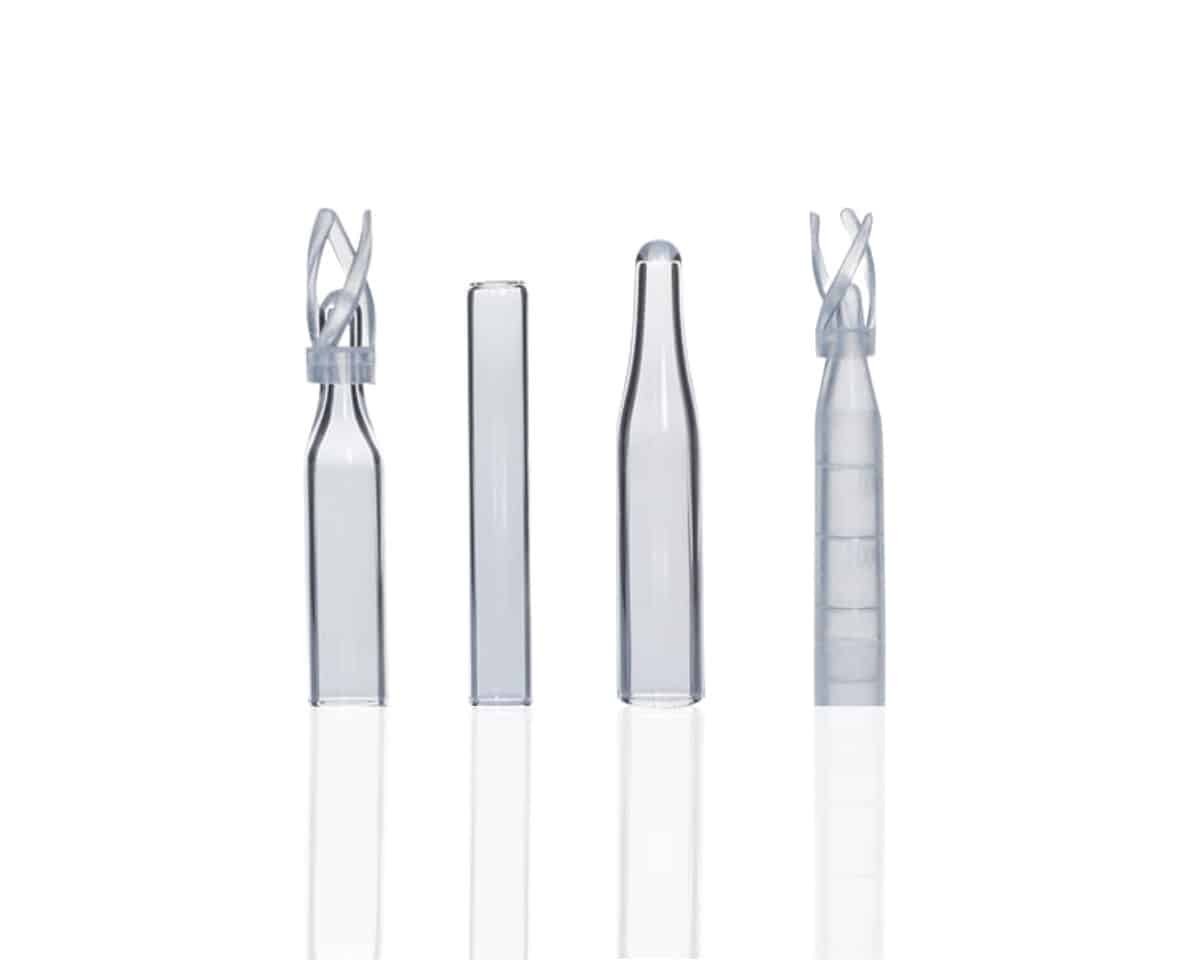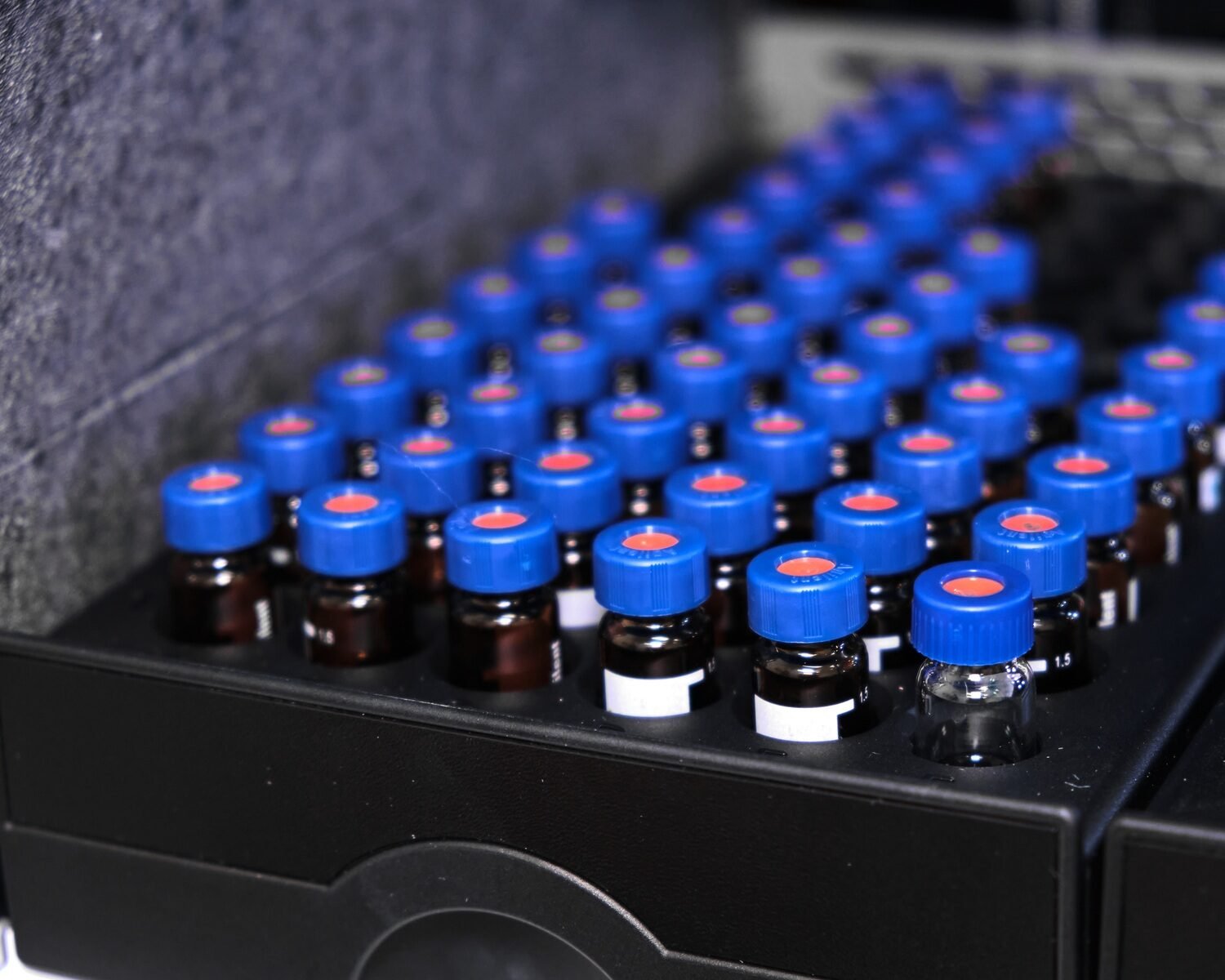Brief History
High-Performance Liquid Chromatography is beneficial in the pharmaceutical industry.
It serves to help make sure that all medical products are at their finest.
Mikhail Tsvet is a renowned botanist from Russia. He was the first to discuss how chromatography can examine a mixture of compounds in 1903.
His works discuss how chromatography can separate plant pigments into several colored bands.
After several research and experiments, Tsvet succeeded. He was able to extract the plant or the leaf pigment using alcohol and ether.
The achievement is the foundation of his writings. He introduced chromatography to the public in 1906.
In 1941, Wool Industries Research Association’s two brilliant scientists in England followed suit. They concocted an idea to separate liquid phases.
They came up with the stationary phase and mobile phase. The two resulted in partition chromatography. It then became the basis of high-performance liquid chromatography.
Inventors John Porter Martin and Richard Laurence Millington Synge are the two scientists. They received a Nobel Prize in Chemistry in 1952 for their innovation.
Sixty-one years later, the Waters Corporation introduced ALC100 HPLC to the medical field. The success earned by Mikhail Tsvet somehow helped to make this possible. Martin and Synge’s partition chromatography helped on the idea too.
The system uses liquid chromatography. It allows pharmacies to analyze larger and polar molecules. Gas chromatography cannot process those.
Until now, chromatography helps pharmaceutical companies worldwide. One purpose is to complete an analytical method in a medical test.
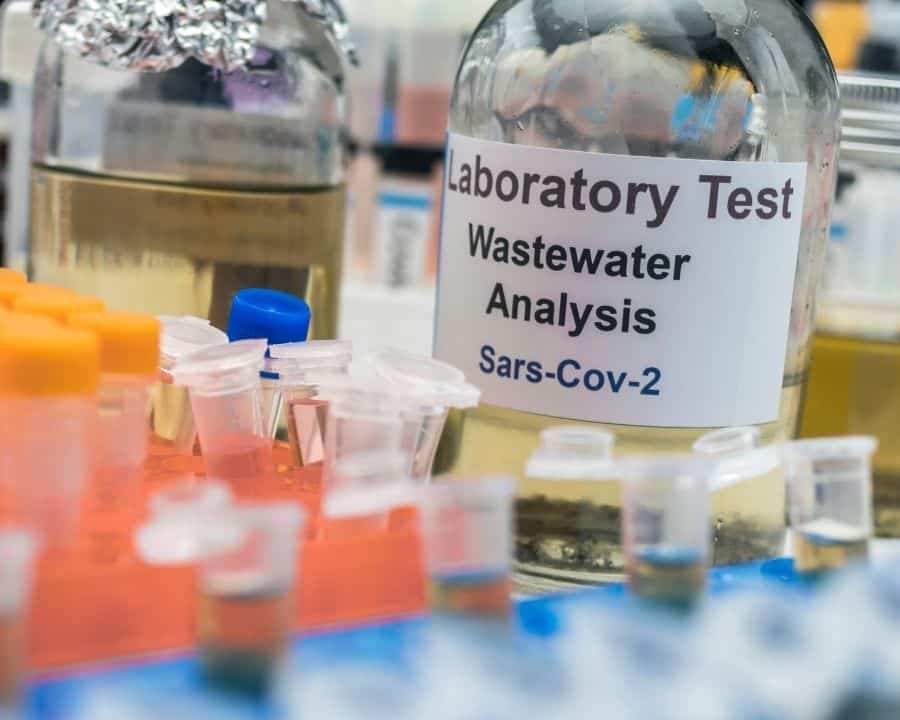
For drug research and development
Petrochemicals seem too distant from the pharmaceutical industry. That is until you realize the unusual truth. About 99 percent of products have a petrochemical component.
The pharmaceutical industry only consumes three percent of the world’s petrochemicals. Even then, the industry cannot live without them.
HPLC detects even the smallest details of the steroid molecule. It is also successful in petrocrops and extraction of biocrude from plants.
Steroidal medicine can be difficult to analyze. One reason is that it may come in creams and ointments and are usually in low dosages.
Thus, companies can use HPLC to give astonishing results in this kind of drug.
Moreover, analytical chemists can use HPLC in the research phase of a drug. It is useful for discovering new compounds.
Scientists can also use ion-exchange and reverse-phase HPLC to screen for alkaloids. Plants contain these compounds with therapeutic potential.
Mass production process
Drug manufacturers can use HPLC too. They can determine the right formula and process for scaling up production.
Chemists may be able to do experimental formulations in the lab. Still, it doesn’t mean that it will translate to the mass production of a drug.
If a discovery occurs in serendipity, HPLC can solve a mystery. Curious people can use HPLC to reverse-engineer a formulation.
About the scaling up itself, many factors can affect production. Some examples are temperature and humidity.
HPLC can ensure that the formulation of a sample from a small batch will be the same as one produced in scale.
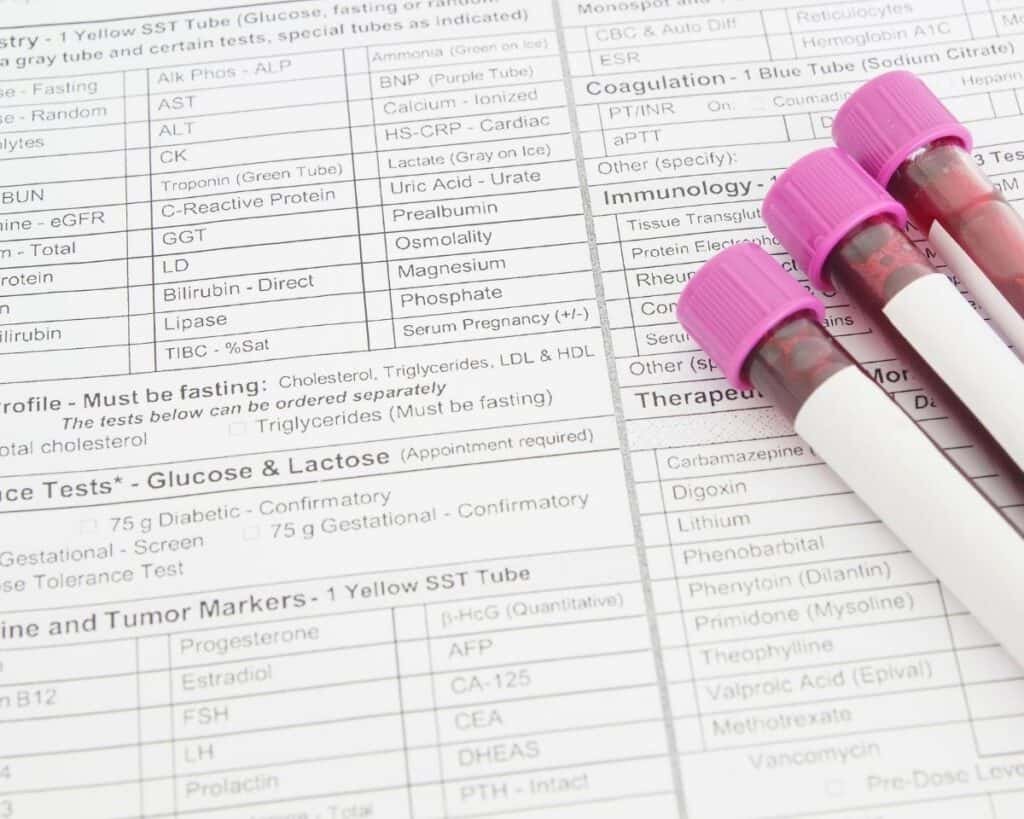
Quality Control
Pharmaceutical companies use equipment and analytical techniques during the drug development process. HPLC plays a role to ensure that products would be safe for the patients.
This is by far the most used process globally and has the most precise results.
HPLC method complements other calibration tests. Higher specificity and accuracy also becomes possible.
This causes a more favorable result. It helps make sure that drugs are pure and can suffice the needs of the patients.
Yet, most companies do not invest in calibration tests. This is due to the increase in the cost of production.
HPLC is a sure-fire way to analyze even the most expensive medicines when other methods may fail.
Pharmaceutical industries worldwide use the high-performance liquid chromatography method. Quality controllers analyze products before and after manufacturing.
A specific example of HPLC use is analyzing the consistency of the ingredients. They are also called active pharmaceutical ingredients (API), the most important components.
Qualitative analysis is then provided to verify the dosage of the ingredients.
HPLC can accurately detect the concentration of compounds, as well as impurities.
Aside from this, HPLC can determine the shelf life of the medicine, drugs, or treatment.
Many people use high-performance liquid chromatography for different applications. That’s why it is one of the most useful analytical methods in manufacturing. Specifically, manufacturers need it for various medicine or drugs.
HPLC is helpful in the testing of drug purity by itself. That is either combined with other analytical processes or not.
To analyze antibiotics
High-performance liquid chromatography is also used to determine and analyze antibiotics. It is a good alternative to gas chromatography.
This is because scientific studies show their promising results in specificity and accuracy.
HPLC is also suitable for analyzing almost every kind of antibiotic.
HPLC also has other practical applications. There is a scientific study about the concentration of antibiotics in water samples.
Together with a lyophilizer, it is better than solid-phase extraction. The latter requires more labor.
Someday, authorities may even be able to reduce or prevent environmental contamination. They need to pass relevant policies. These should be in line with routine testing of treatment plants and other sites to achieve the goal.
Furthermore, HPLC can help analyze antibiotics residues in animals. That other industry has a two percent share of the pharmaceutical industry pie.
Other Recent Applications of High-Performance Liquid Chromatography
The process of developing a therapeutic medicine has a wide range of uses. It starts from drug discovery through the fabrication of prepared goods. Eventually, it may benefit a patient in need.
The development of HPLC made drug analysis easy and possible because.
Pharmaceutical companies use HPLC in impurity profiling of their analysis.
With HPLC paired with mass spectrometry (MS), structural elucidation can be possible.
For method conditioning, rapid conditioning scouting uses HPLC.
Lastly, the fast usage of HPLC will also result in the higher sample output.
HPLC is a technique that can detect, quantify, and purify compounds of interest.
HPLC is extremely useful in determining the stability of medication formulations.
Stability studies of atropine, antibiotics, and biotechnology-based pharmaceuticals such as insulin, and streptokinase.
Below are more uses of HPLC in the medical field:
- Forensic science uses HPLC to separate morphine and its metabolites from blood plasma. It can also detect harmful intoxicants such as alcohol, and hypnotics.
- HPLC identifies and separates psychotropic drugs. Examples are antidepressants, benzodiazepines, butyrophenones, neuroleptics, and phenothiazines.
- Degradation product analysis tests the stability of various medicines, drugs, or treatments.
- In the production of antibiotics such as chloramphenicol, tetracycline, and streptomycin, HPLC helps. It’s utilized to control microbiological processes.
- It provides an overview of the pharmacokinetics of drugs. It can also determine the biological and pharmaceutical properties of a dosage form.
- It is utilized in different levels of pharmacy and pharmacology. HPLC helps analyze drugs of both natural and synthetic origins.
- Catecholamines such as epinephrine and dopamine are highly important for many biological functions. Analyzing their precursors and metabolites can diagnose diseases. Parkinson’s disease, muscular dystrophy, and heart disease are a few.
- Quantification of ions in human urine analysis of antibiotics in blood plasma.
- Estimation of bilirubin & biliverdin in blood plasma in case of hepatic disorders.
- Detection of endogenous neuropeptides in extracellular fluids of the brain.
HPLC is a perfect tool in analytical methods. It also plays a crucial role in creating or developing a drug, medicine, or medical treatment.
Future of HPLC in the pharmaceutical industry
Chris Welch, a retired chemist from Merck & Co., shared that methods in HPLC have a lot to improve.
It is no secret that the efficacy of some drugs is declining. Scientists need to conduct more studies to find a better cure.
One source of magic cures is what has always been around – nature.
Plants or other living organisms on the planet such as fungi, fish, and crabs have already given humanity a gift. There are still a lot undiscovered in the jungles, the deep sea, and the mountain heights.
Sadly, there are still diseases with no cures. HPLC will continue to be in service for scientists working around the clock.
As long as health problems exist in our society, HPLC will continue to serve at its best.

Conclusion
High-performance liquid chromatography is an important innovation in the pharmaceutical industry. It helps them analyze all the ingredients of their product that can cause harm to the taker.
One can say that HPLC ensures the safety of every patient. Getting their medical treatment should solve their condition and not create another.
It is not only used to test the finished products. Routine checking during the manufacturing process also uses HPLC technology.
The pharmaceutical industry has a big responsibility. It is to safeguard the people who need their treatment.
Antibiotic resistance is on the rise. HPLC may pave the way for discovering new compounds and prevent further catastrophe.
We at Mastelf can provide a wide selection of vials and accessories for your HPLC.




